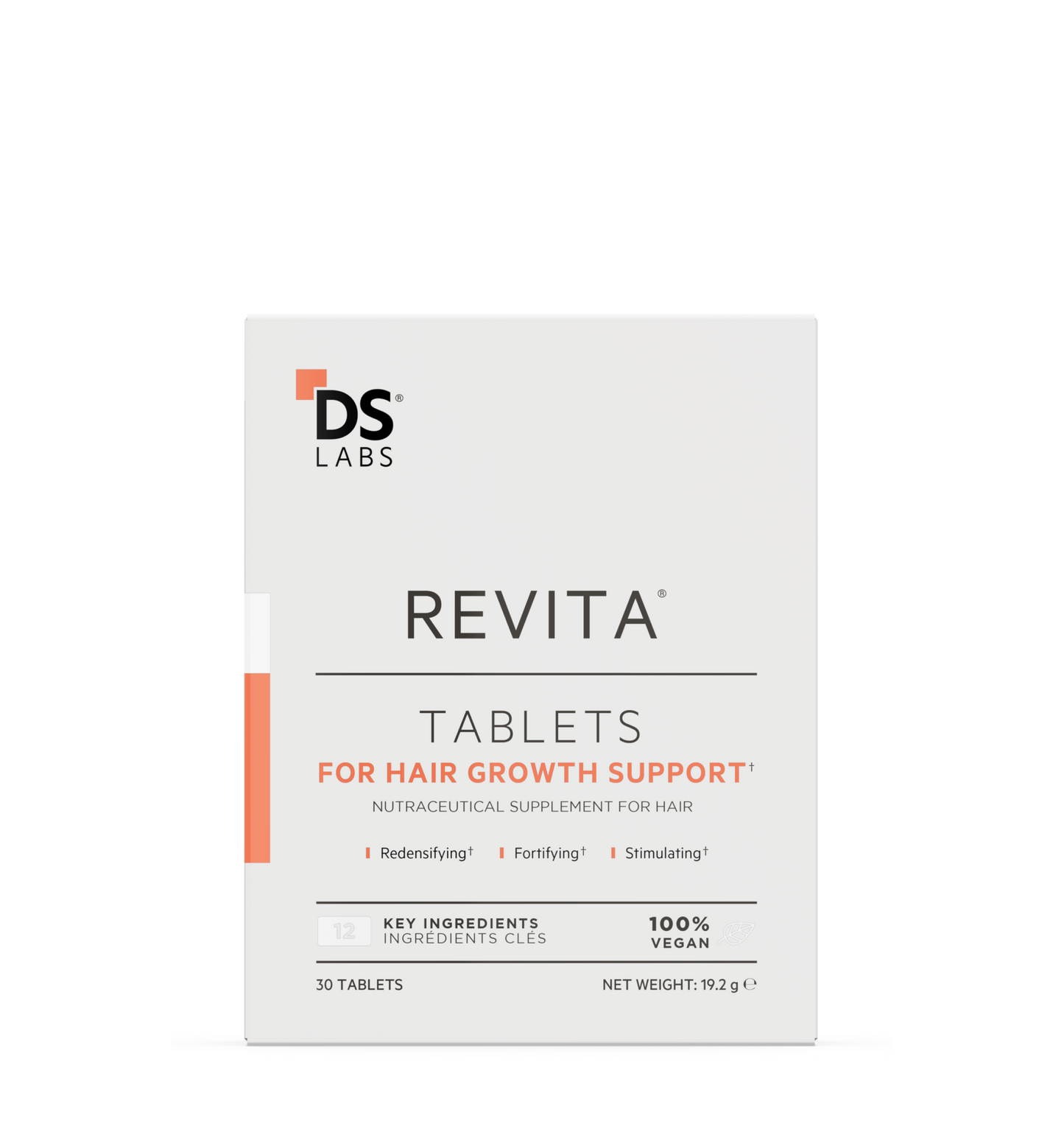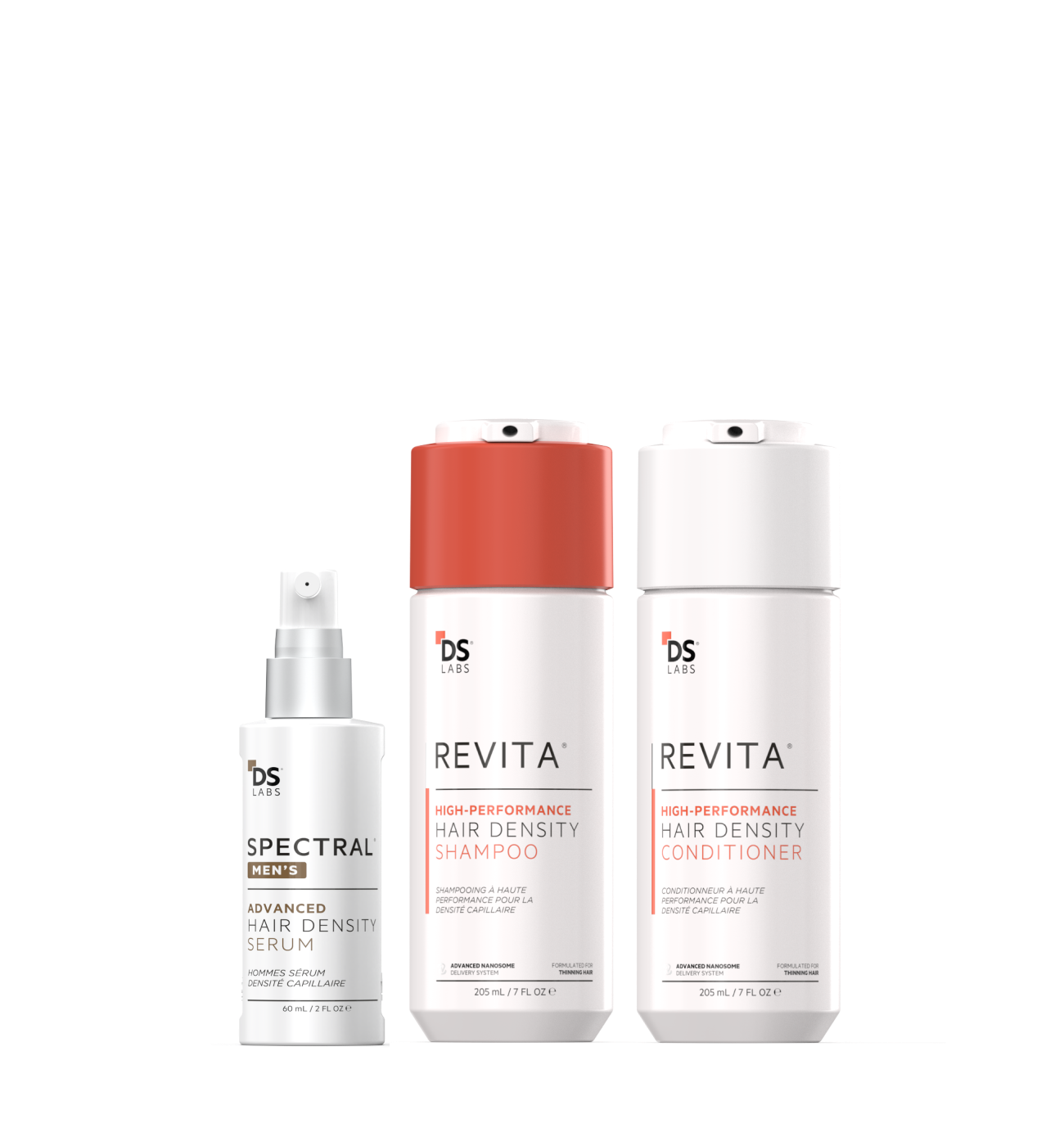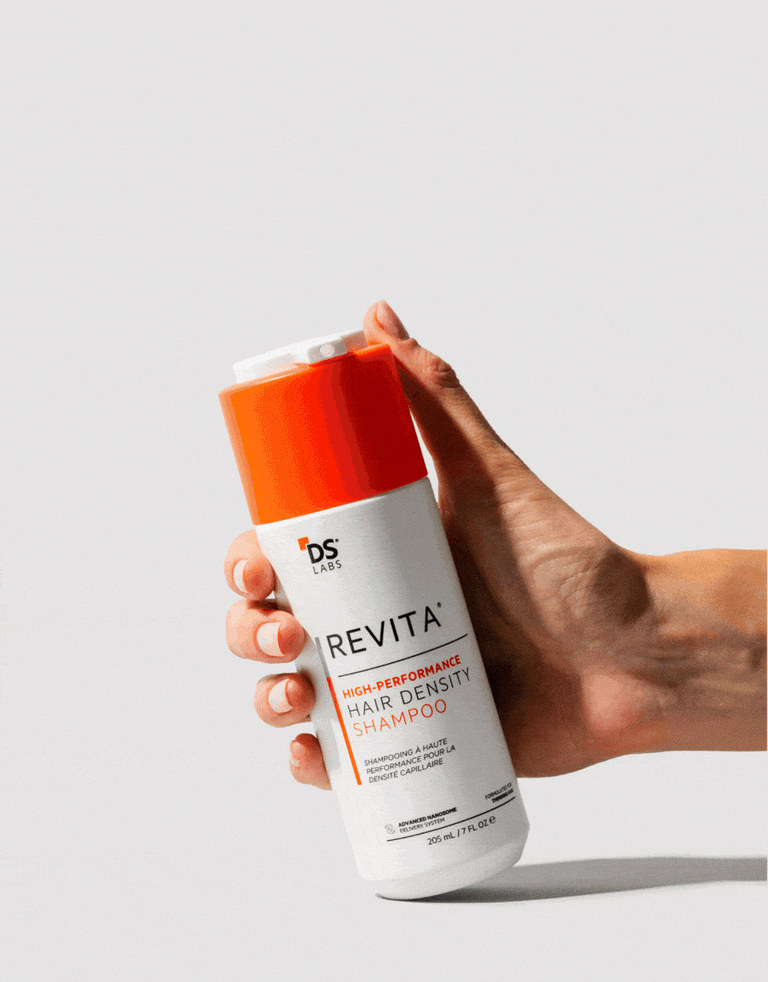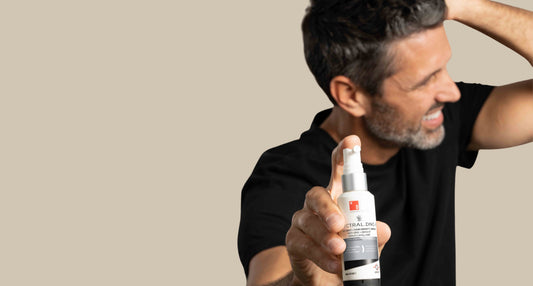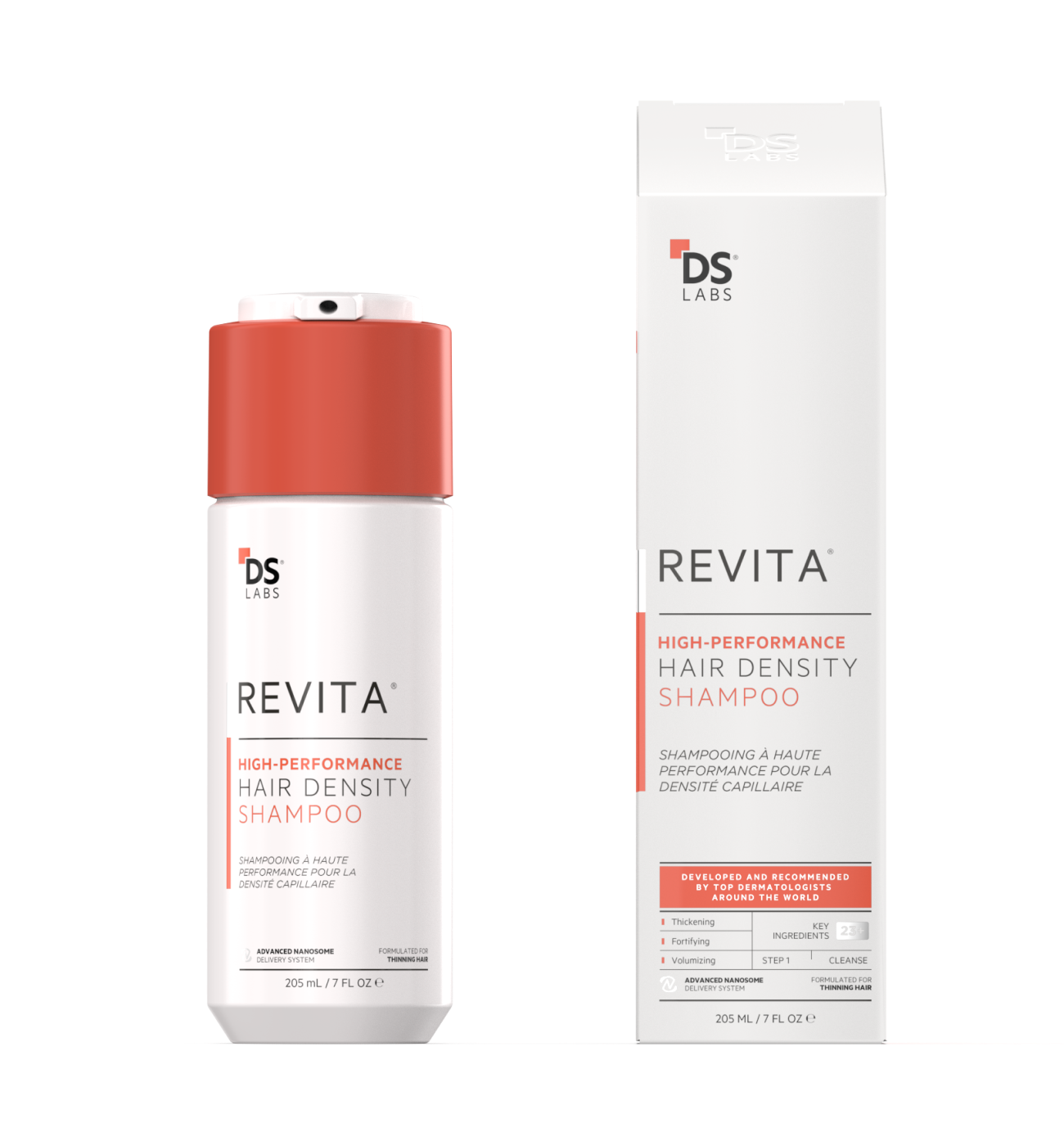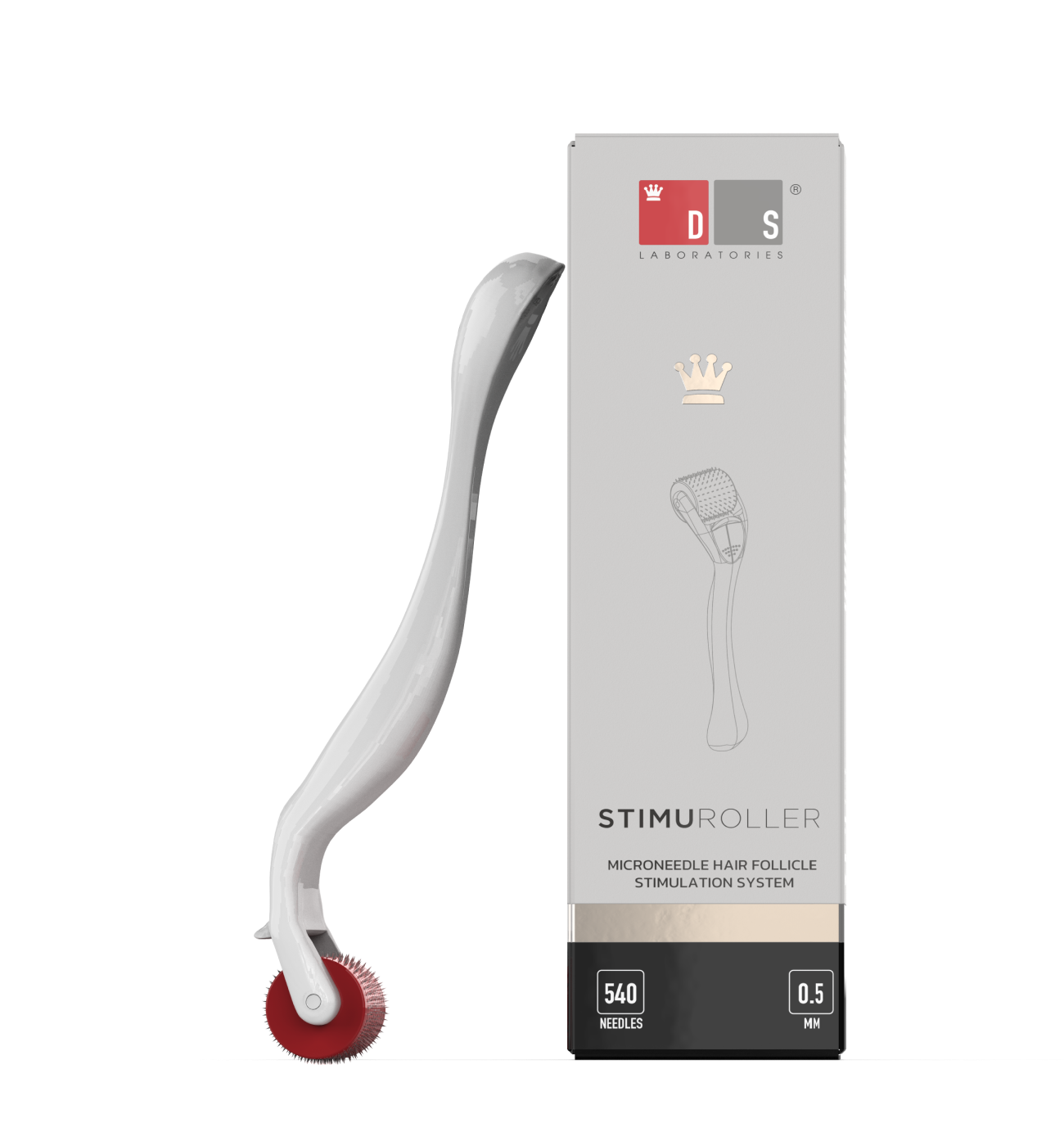Androgenetic alopecia (AGA) or pattern hair loss is a common condition that affects around 50 million men and 30 million women in the United States alone.
Despite these staggering statistics, many people are surprised when they first see signs of thinning hair. Unfortunately, this condition can cause a massive hit on their confidence and self-esteem. Some people want to hide hair loss in various ways.
After all, our society prizes a full, healthy head of hair, so falling or thinning hair can be distressing and even debilitating.
Luckily, there are many ways you can manage or treat thinning hair by addressing its underlying causes. This article lists our expert-approved tips to deal with hair loss effectively.
But first, let’s look at its common causes.
Causes of Hair Loss
Here are the top factors of hair loss in men and women:
- Heredity (family history)
- Hormonal changes due to thyroid problems, pregnancy, childbirth, menopause
- Medical conditions like alopecia areata or trichotillomania
- Scalp infections
- Medications and supplements for cancer, heart problems, high blood pressure, gout, arthritis, depression
- Radiation therapy to the head
- Smoking
- Poor diet
- Harsh hair treatments
- Harsh hairstyles
Simple Tips To Manage Hair Loss in Men and Women
While it is normal to shed around 100 strands of hair every day, if you are losing more, it is a cause for concern.
Here are our top tips to help you combat it:
Talk to a Dermatologist
Consult a board-certified dermatologist who can help you find the underlying cause of the condition and rule out any medical conditions. They will also discuss treatment plans to help you target and treat hair loss.
Professional advice from an experienced healthcare provider will help you get the results you want at the earliest and prevent further loss of hair.
Switch to Gentle Hair Care Products
Falling or thinning hair is more prone to damage and requires gentle care. Use a mild shampoo that does not strip away moisture from your hair or cause it to dry out or break.
After every wash, use a moisturizing conditioner that hydrates and nourishes the strands. This helps reduce breakage, frizz, and split ends.
You can also apply a leave-in conditioner or detangler for extra nourishment.
Stay Away From Harsh Treatments
If you are experiencing hair loss, it is best to avoid blow-drying it. Just let it dry naturally. Towel-drying or air-drying is always great for the hair and prevents damage. If you have to use your blow-dryer, use it on the lowest heat setting.
Also, steer clear of hot oil treatments that further damage fragile hair. Avoid using flat irons, hot combs, and curling irons, and forgo at-home coloring, chemical straightening, perming, and relaxing. These treatments, too, heat your hair and weaken the strands.
If you still want to go for them, visit a salon and ask for mild products for thin hair. A salon professional or stylist will check your hair and scalp and use the most suitable products for your needs. Also, ensure that they use a nourishing conditioner after the treatment.
You can also check with the stylist about using natural or chemical-free alternatives for coloring your hair, such as organic hair dyes free from peroxide, ammonia, or para-phenylenediamine (PPD).
Avoid Tight Styles
If tight ponytails, buns, pigtails, braids, dreadlocks, or cornrows are your go-to hairstyles, stay away from them. Styles that pull your hair tight can result in a type of hair loss known as traction alopecia.
Instead, go for loose styles like loose braids, ponytails, buns, and so on. Low-maintenance looks can add variety to your regular arsenal of looks and add a fresh dimension to your preferred aesthetic.
Do not pull on your hair or twist it around your fingers, as it further weakens fragile strands. This leads to more breakage and shedding.
Moreover, comb or brush your hair in gentle strokes without tugging on it. These harsh styles and techniques can do quite a bit of damage to your hair and scalp.
Quit Smoking
Smoking gives rise to inflammation in our bodies, which aggravates hair thinning and shedding. If you smoke, kick the habit to prevent further hair loss.
Eat a Healthy Diet
Lack of nutrients like protein, and certain vitamins and minerals can lead to hair damage and loss. Stock up on ingredients or foods that are great for hair growth, such as fatty fish, eggs, walnuts, soy beans, and more.
A 2018 study showed that a Mediterranean diet with plenty of fresh, raw vegetables and herbs could lower the risk of AGA or delay its onset.
Wrapping Up
Hair loss in men and women can feel stressful, but the right hair care tips and lifestyle changes can help you manage it effectively. Seeing a dermatologist can also help you learn hair care secrets tailored to your specific needs.




